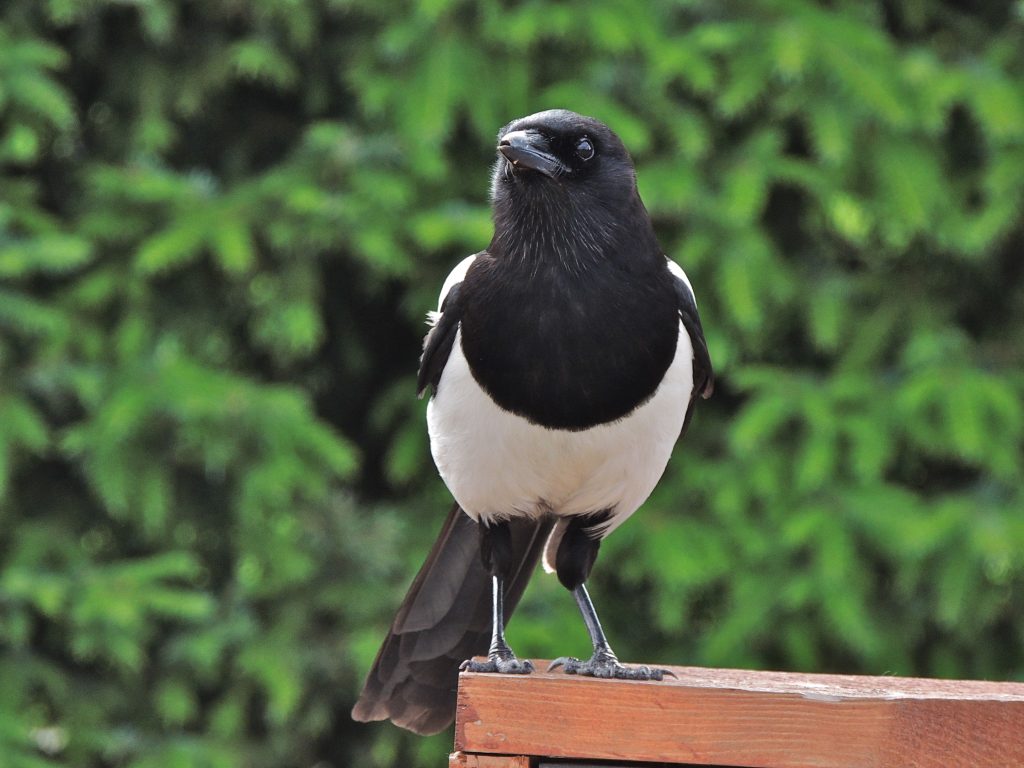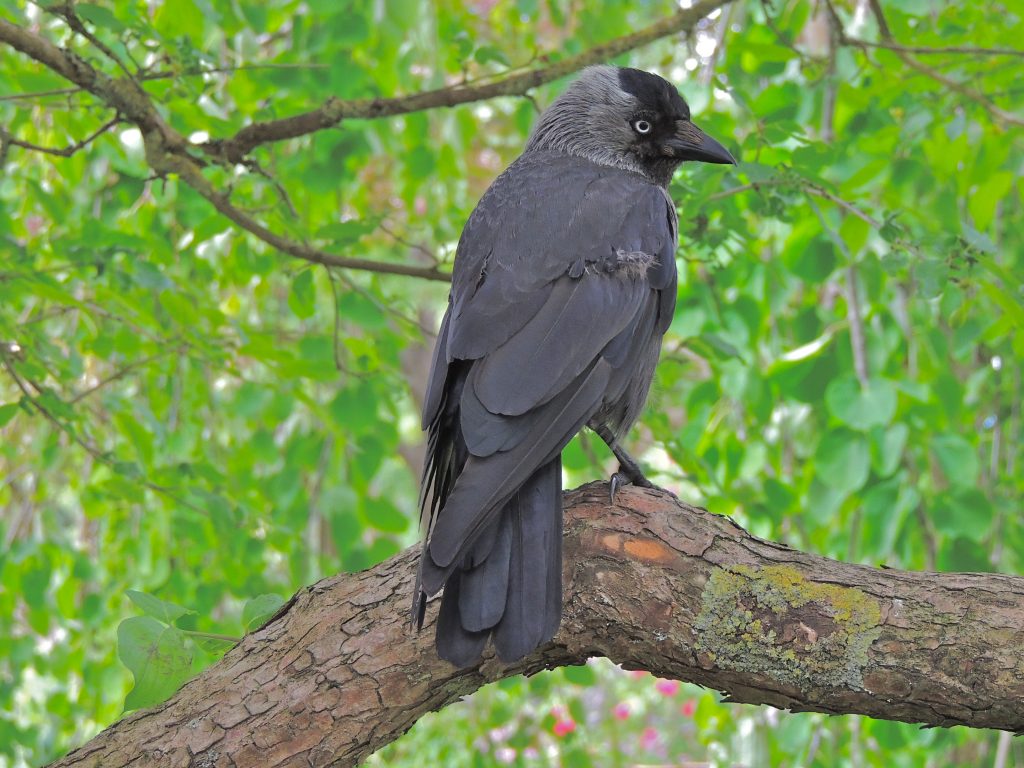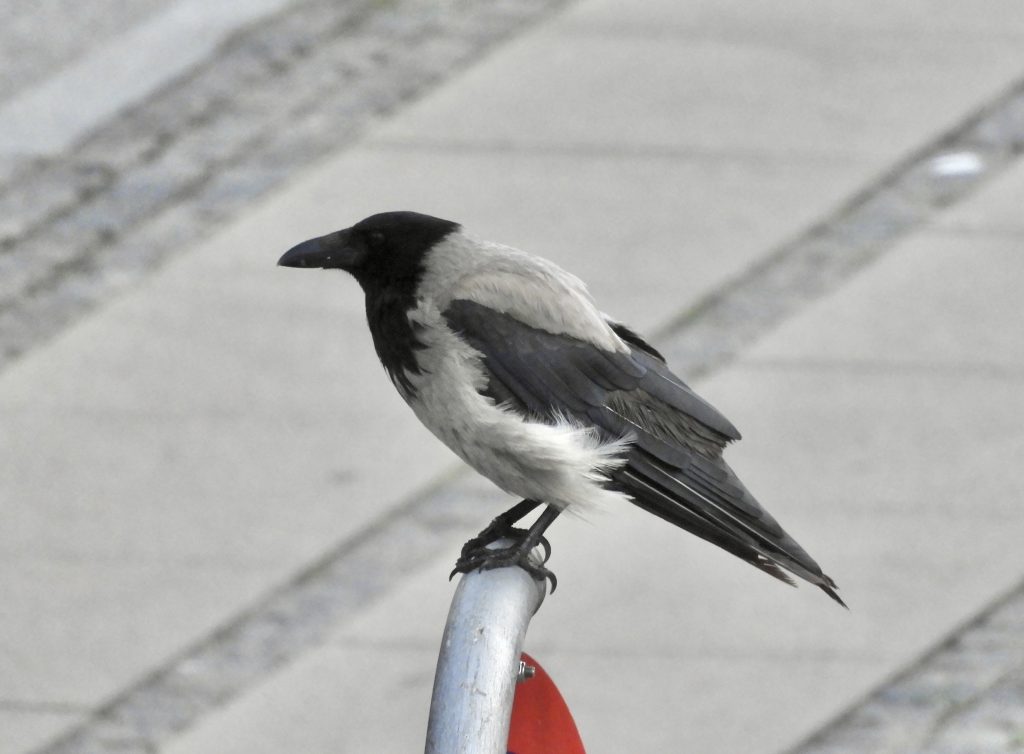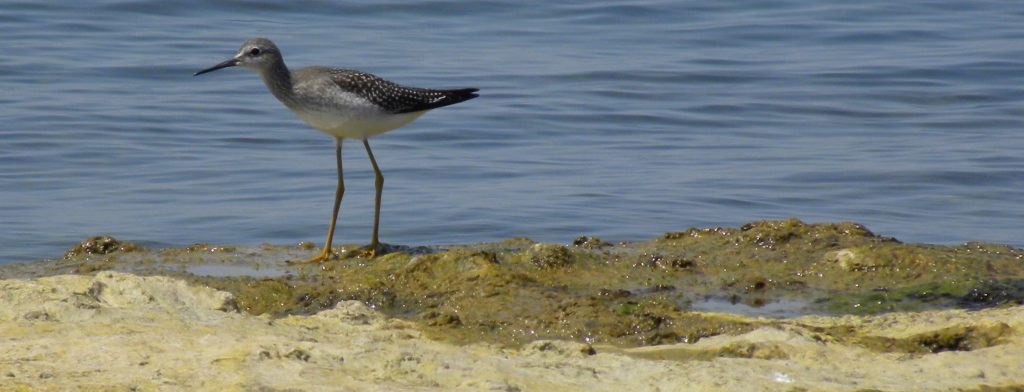
Valley Inn, Burlington. ON. September 16, 2024. I don’t chase birds, not anymore, not the way some do. I used to, but as my tastes have changed and the environmental and social cost of yet another car on the roads seems too wasteful, particularly when I feel I’ve seen and hold satisfying memories of most eastern North American birds.
And yet I made a short trip today to see if a recently reported Wilsons’ Phalarope was still there. It wasn’t. Too bad, it’s been years since I last saw one, they are a dainty and at certain times very pretty shorebird. They winter in South America and breed in the north-western quarter of North America and are only very occasionally seen this far east. This photo of a flock of migrant Wilsons’ Phalaropes in their breeding finery was taken by a colleague in El Salvador some twenty years ago; see what I mean about pretty?
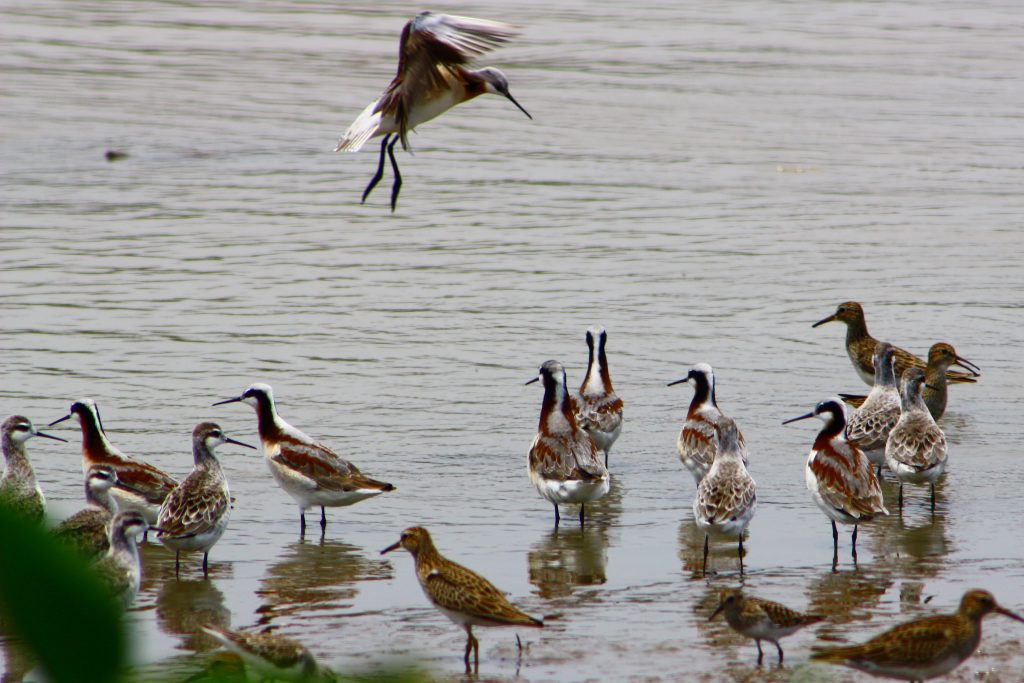
The substitute was the pleasure of watching several Lesser Yellowlegs, a few Killdeers, Great Egrets and an Osprey. The yellowlegs have the same winter/summer distribution as the phalaropes but can be seen across the whole of north America during spring or fall migrations. I enjoyed watching them quite close to me and busily striding, sometimes knee-deep, picking for unseen invertebrates in the mudflats. They are busy birds and there was quite a bit of anxious vocalization with a short, sharp, almost piercing, keup note. For their charm they were my Birds of the Day. Both Lessser and Greater Yellowlegs are fairly common at the right time of year but are not often seen together. Here’s one of each, an instructive photo from April 2017.
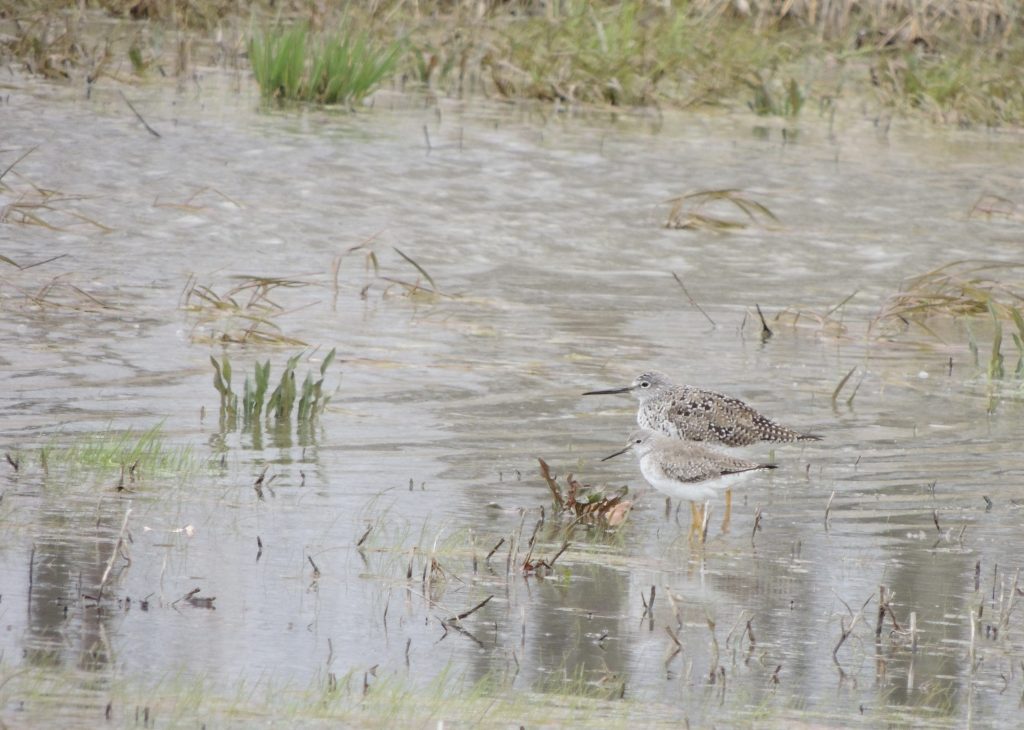
A Great Egret caught my attention as it lowered itself into this curious sitting position. You can easily imagine this posture being appropriate for a bird on its nest and incubating, but I don’t think I’ve ever seen this resting position before.
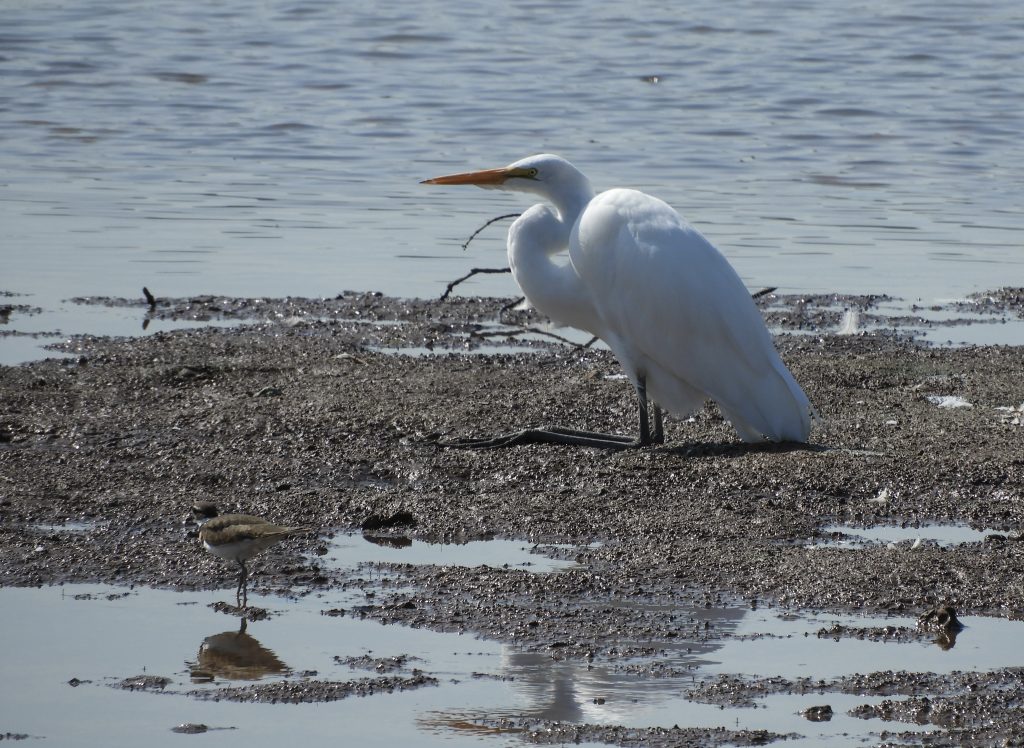

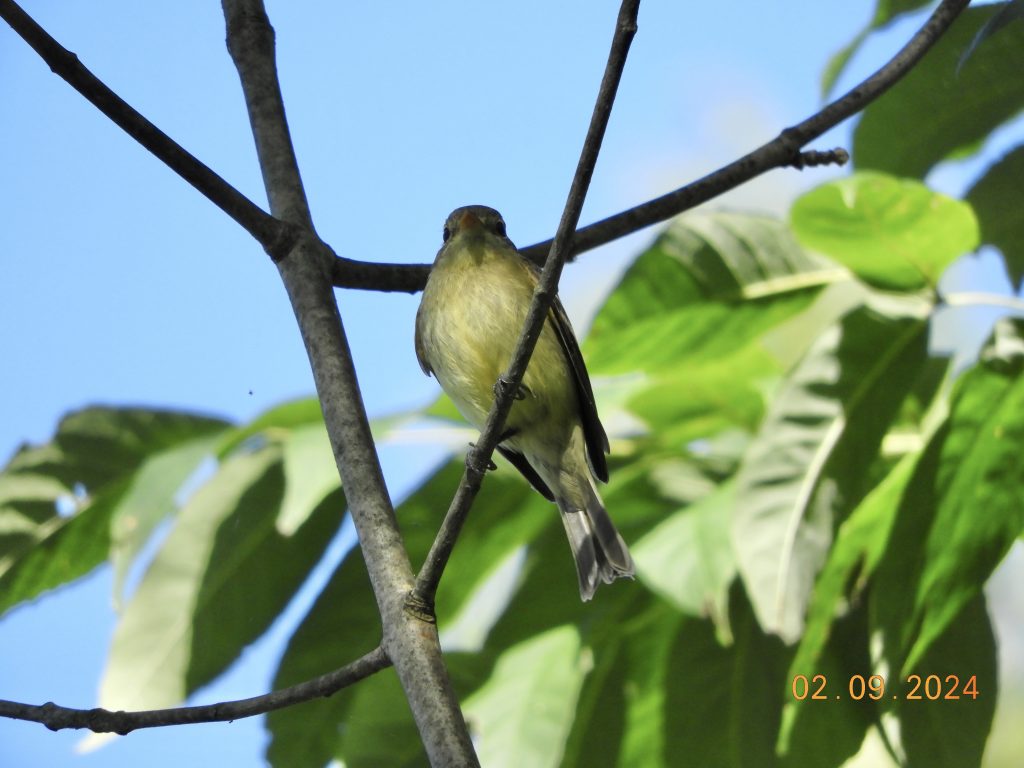
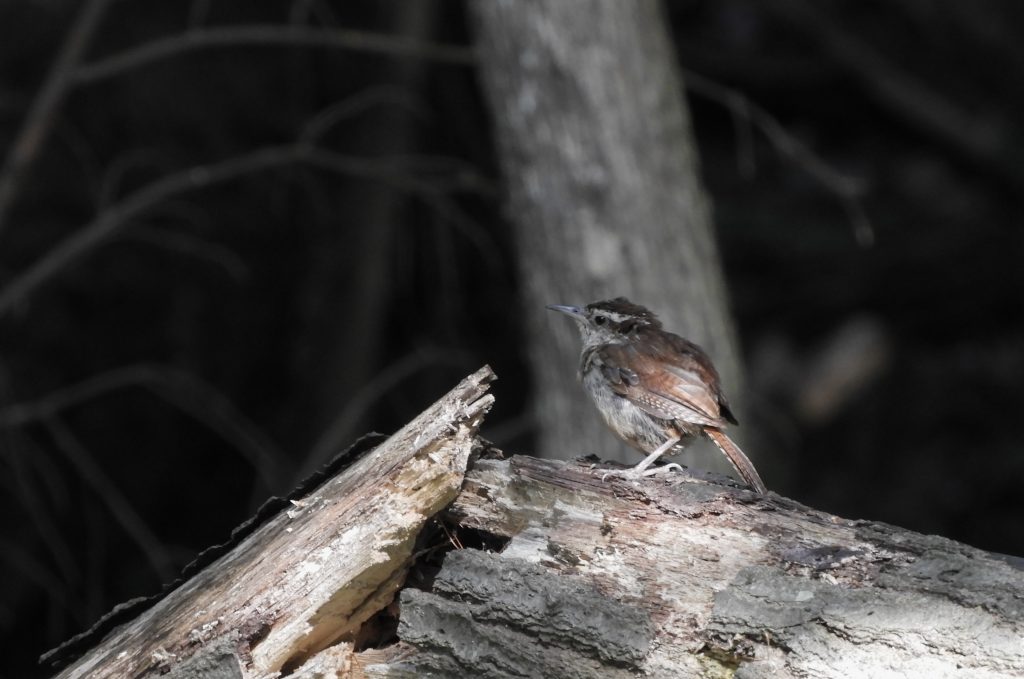 Apart from these two happy finds, there were several times when lingering and enjoying was pleasurable: A few Great Egrets, a young Osprey, a ragged looking Carolina Wren who was obviously in the midst of a molt but singing boldly anyway, and a rather distant shorebird that I concluded was an early southbound Dunlin.
Apart from these two happy finds, there were several times when lingering and enjoying was pleasurable: A few Great Egrets, a young Osprey, a ragged looking Carolina Wren who was obviously in the midst of a molt but singing boldly anyway, and a rather distant shorebird that I concluded was an early southbound Dunlin.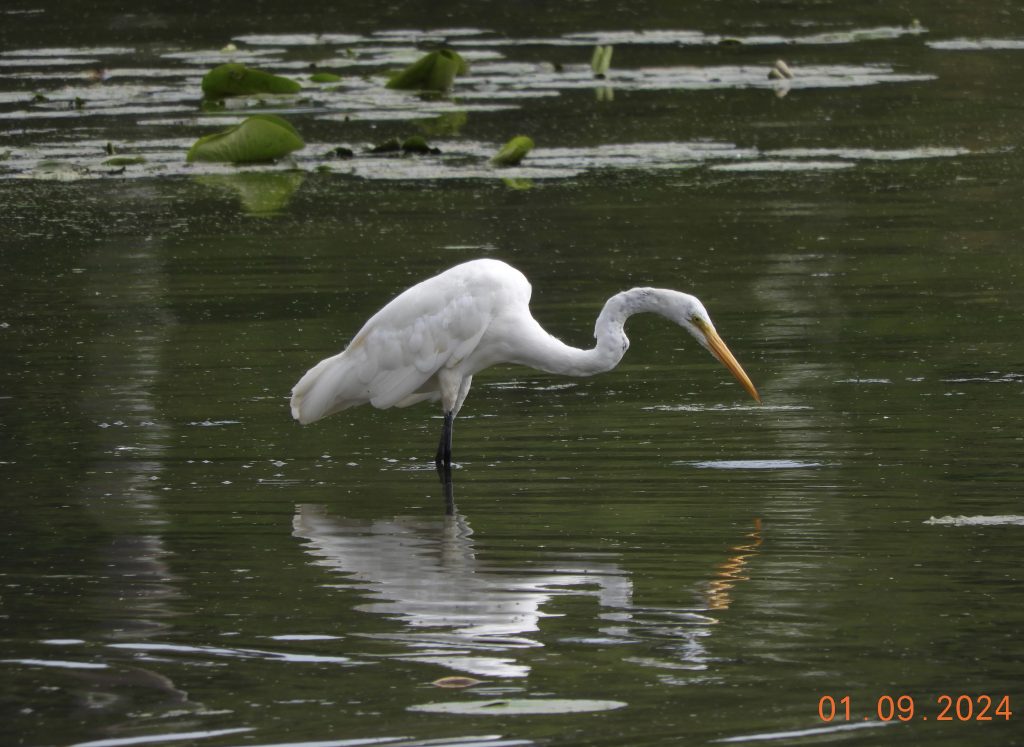
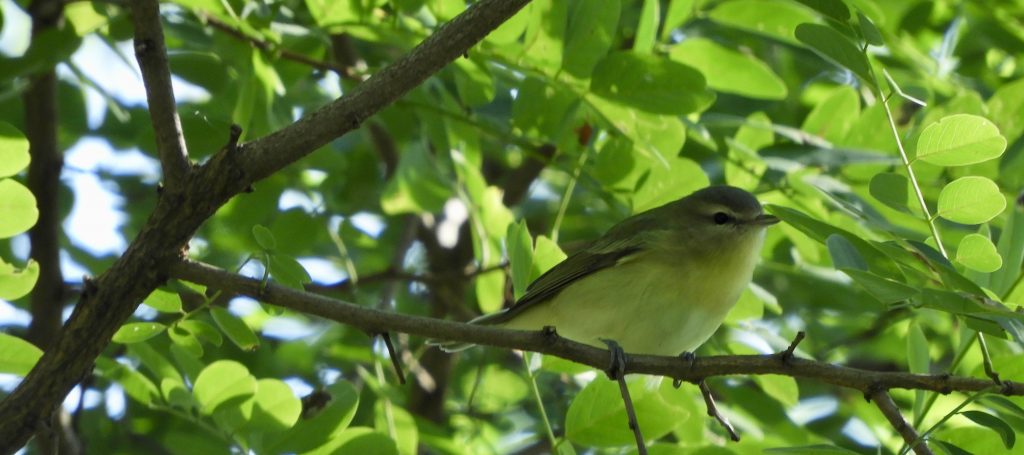 Hendrie Valley, Burlington. ON. August 30, 2024. Today marked the start of two months of interesting and sometimes intense birding. A team of us will be undertaking transect walks on four roughly circular routes on lands of Canada’s Royal Botanical Gardens. Our task each time is to record all bird species seen and heard, and to estimate abundance. Our four transects are quite different and variously make their way through woodlands, river valleys, grasslands and other natural areas. We undertake to collectively complete at least three transects per route, per week. That’s a lot of happy birding: four routes, nine weeks, three times per week.
Hendrie Valley, Burlington. ON. August 30, 2024. Today marked the start of two months of interesting and sometimes intense birding. A team of us will be undertaking transect walks on four roughly circular routes on lands of Canada’s Royal Botanical Gardens. Our task each time is to record all bird species seen and heard, and to estimate abundance. Our four transects are quite different and variously make their way through woodlands, river valleys, grasslands and other natural areas. We undertake to collectively complete at least three transects per route, per week. That’s a lot of happy birding: four routes, nine weeks, three times per week.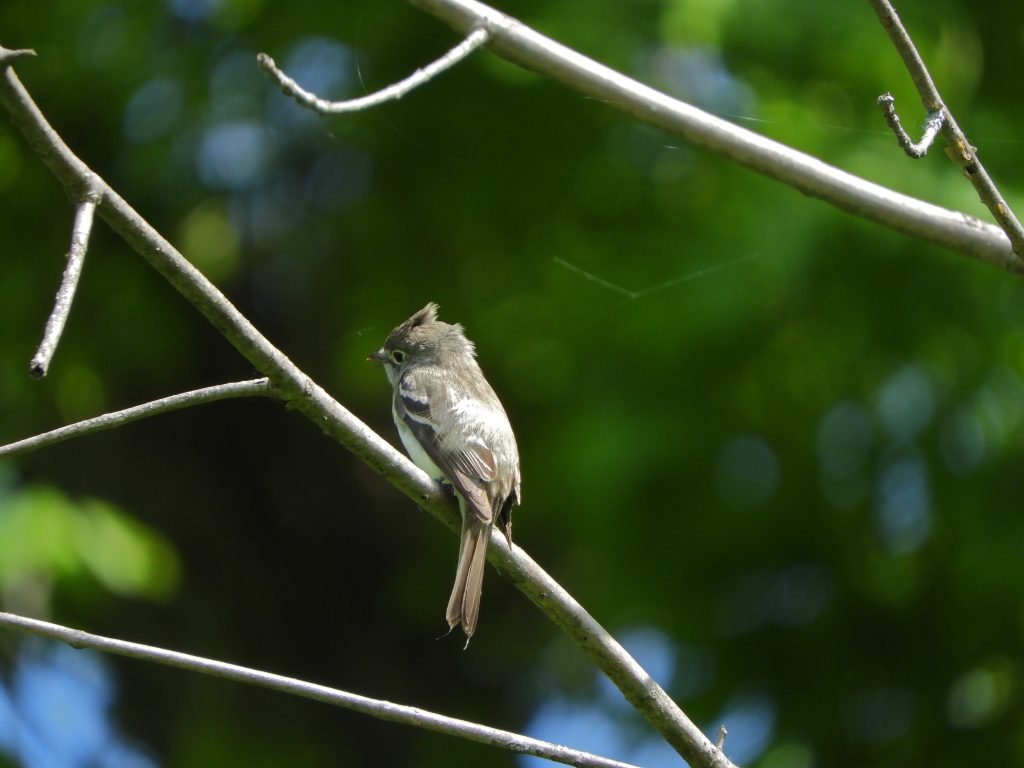
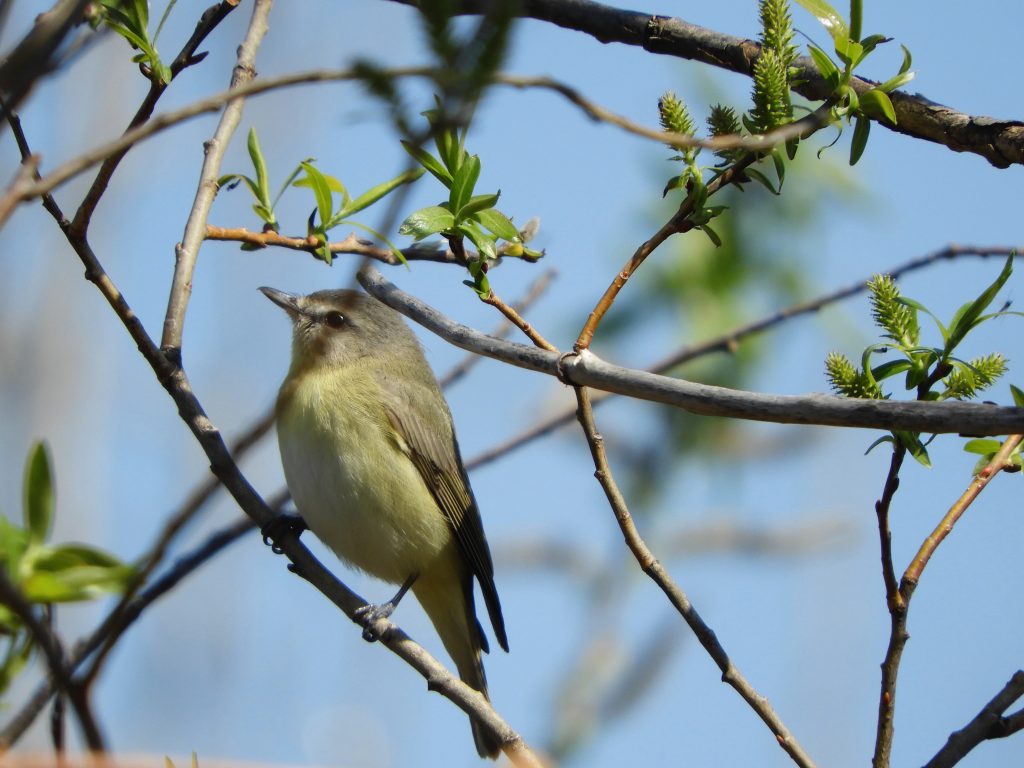
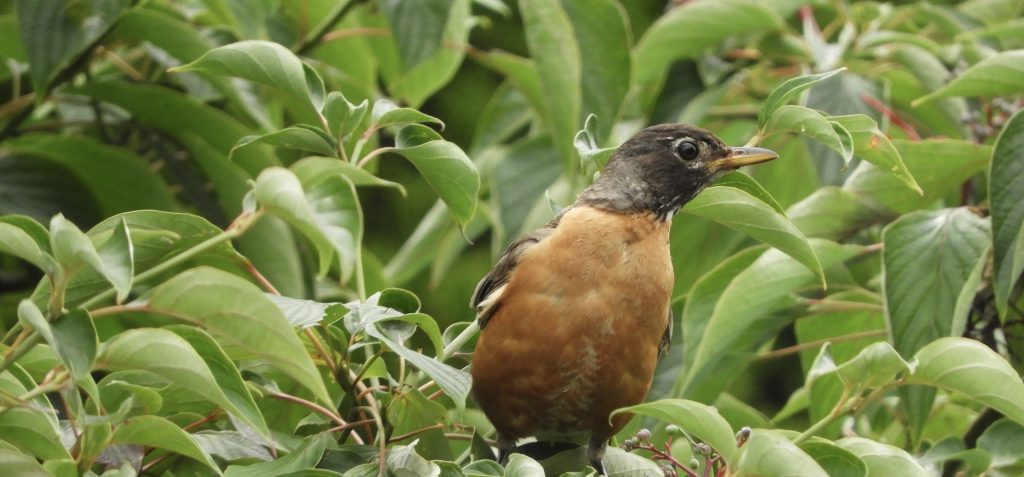 Burlington. ON. August 18 2024. This was an evenly warm and somewhat sticky mid-summer day, one in which work around the house, painting and a bit of weed pulling, was the order of the day. Taking a break from the painting, I spotted a couple of Northern Flickers atop an old snag, they were sharing alarm over something, perhaps the whining calls of a young Red-tailed Hawk who was pleading with his parents for food.
Burlington. ON. August 18 2024. This was an evenly warm and somewhat sticky mid-summer day, one in which work around the house, painting and a bit of weed pulling, was the order of the day. Taking a break from the painting, I spotted a couple of Northern Flickers atop an old snag, they were sharing alarm over something, perhaps the whining calls of a young Red-tailed Hawk who was pleading with his parents for food.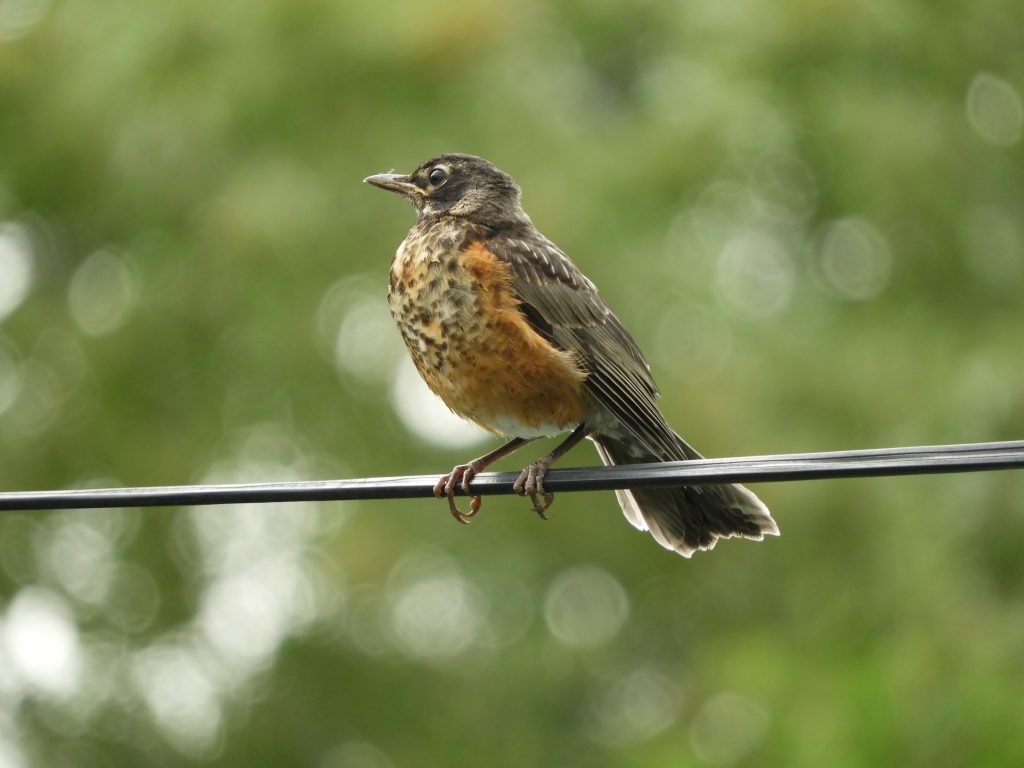
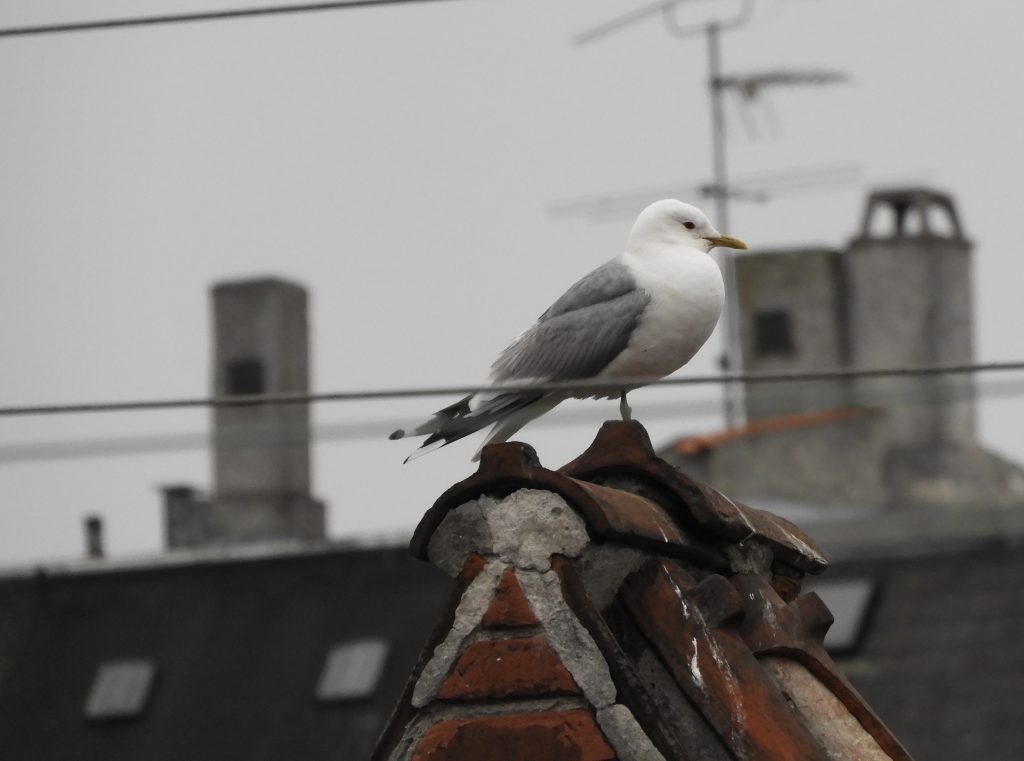
 July 2024. Copenhagen & other places. On our first evening in Copenhagen, I gazed across the road to watch a couple of urban gulls squabbling over nothing it seemed. Their calls were unfamiliar, certainly not Ring-billed Gulls (they’re an American species anyway) and didn’t quite sound like Herring or Black-headed Gulls, though both were plausible. What then? For a moment I weighed but quickly dismissed Baltic Gull and lighted correctly on Common Gulls (aka Mew Gull). Common is a good name for a bird with no distinguishing features, just a textbook gull, grey and white.
July 2024. Copenhagen & other places. On our first evening in Copenhagen, I gazed across the road to watch a couple of urban gulls squabbling over nothing it seemed. Their calls were unfamiliar, certainly not Ring-billed Gulls (they’re an American species anyway) and didn’t quite sound like Herring or Black-headed Gulls, though both were plausible. What then? For a moment I weighed but quickly dismissed Baltic Gull and lighted correctly on Common Gulls (aka Mew Gull). Common is a good name for a bird with no distinguishing features, just a textbook gull, grey and white.